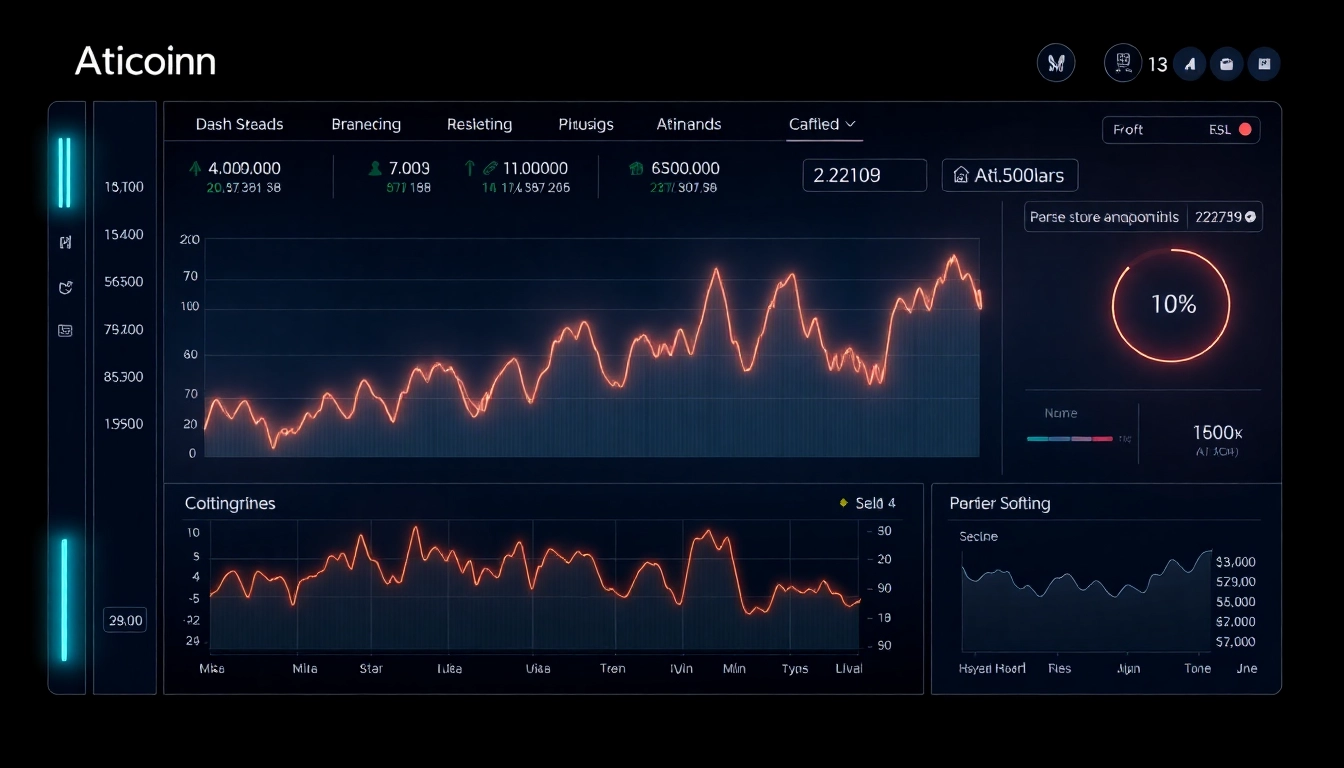
Understanding the Term ‘DILF’: Origins, Cultural Significance, and Modern Perceptions
The landscape of contemporary slang and internet culture is continually evolving, often reflecting broader societal attitudes towards attractiveness, age, and gender dynamics. One term that has garnered significant attention in recent years is dilf. Originally emerging from online communities and social media platforms, this slang term has transcended its initial niche and entered mainstream conversations, prompting discussions about attractiveness, confidence, and cultural perceptions of masculinity. To fully appreciate its impact and significance, it is essential to explore its origins, meanings, and the way it is perceived across different social contexts.
Defining ‘DILF’: What Does the Term Really Mean?
Literal and Cultural Interpretations
The term ‘dilf’ is an acronym that stands for ‘dad I’d like to f*’. It is a provocative slang expression used to describe an attractive older man, typically a father figure, who embodies qualities that are sexually appealing. While it is often used humorously or admiringly, it also carries connotations of admiration for age-defying attractiveness combined with paternal or mature characteristics.
Contextual Usage and Variations
In casual conversations, social media, and pop culture, dilf has been adopted to describe men who exude confidence, attractiveness, and a sense of maturity that appeals to a broad audience. It often implies that the individual possesses a combination of physical appeal and a charismatic personality. Variations of the term, such as ‘MILF’ , mirror the same structural concept but focus on maternal figures. Both terms reflect societal fascination with age, attractiveness, and gender roles, often used in playful, flirtatious, or admiring contexts.
The Origins and Evolution of the Term
Historical Roots and Popularization
The origins of dilf trace back to internet forums and meme culture prevalent in the early 2000s. It gained popularity through social media platforms like Urban Dictionary, Reddit, Twitter, and TikTok, where users began sharing humorous or flirtatious content referencing attractive older men. The term’s explicit nature and humor resonated with online communities, helping it spread rapidly.
Media Influence and Mainstream Adoption
In the media, the term has been used in various contexts, from comedic sketches to celebrity references, further cementing its place in modern vernacular. Movies, TV shows, and music videos occasionally feature references to dilf as a way to highlight attractiveness and confidence in male characters. This mainstream exposure has contributed to a broader acceptance and understanding of the term, although it still retains its playful, provocative edge.
Cultural Perceptions and Social Contexts
Attitudes Toward Age and Attractiveness
One of the central aspects of the dilf phenomenon is society’s evolving perceptions of age and attractiveness. Traditionally, attractiveness was often associated with youth, but modern culture increasingly celebrates mature individuals who maintain physical appeal and charisma. The term challenges conventional beauty standards by emphasizing that age does not diminish desirability.
Gender Dynamics and Societal Expectations
While the term is centered around male attractiveness, it also reflects changing gender dynamics. It highlights a cultural shift where older men are celebrated not solely for their maturity but also for their physical appeal and sexual confidence. Conversely, the term can sometimes reinforce stereotypes about masculinity, age, and sexuality, sparking debates about societal expectations and gender roles.
Social Acceptance and Controversies
Although widely used in informal contexts, the term dilf remains controversial due to its explicit nature and sexual connotations. Some critics argue that it objectifies men or perpetuates superficial standards, while others see it as a humorous or empowering expression of confidence. Its usage varies significantly across different communities and generations, with some embracing it as part of modern slang and others viewing it as inappropriate or offensive.
Portrayal of ‘DILF’ in Media and Pop Culture
Celebrity and Entertainment References
Many celebrities have been labeled as dilf in popular media, often in tabloids and fan discussions. For instance, actors like George Clooney, Ryan Reynolds, and Idris Elba are frequently cited in this context due to their age, charisma, and physical appeal. These references serve to normalize the term, framing it as a compliment rather than an insult.
Film, Television, and Music
Films and TV shows sometimes depict older male characters as attractive and desirable, subtly or overtly referencing the ‘dilf’ archetype. Comedic sketches and stand-up routines also play with the concept, highlighting societal fascination with attractive older men. Music videos occasionally feature older male artists or actors embodying the qualities associated with ‘dilf,’ further embedding the term into pop culture.
Social Media and Meme Culture
Platforms like TikTok, Instagram, and Twitter have popularized the term through memes, fan pages, and viral videos. Users frequently share humorous or flirtatious content referencing ‘dilf,’ often accompanied by images or clips of attractive older men. This digital proliferation has helped the term become a recognizable and relatable part of youth and internet culture.
Respectful Discourse and Addressing Misconceptions
Objectification and Ethical Considerations
While many embrace the term as a playful or complimentary label, others caution against reducing individuals to mere objects of desire. Respecting personal boundaries and understanding context are crucial, especially given the explicit origin of the term. Promoting respectful discussions about attractiveness and sexuality helps avoid perpetuating stereotypes or fostering objectification.
Clarifying Misconceptions
Some common misconceptions include the idea that ‘dilf’ only refers to certain body types or that it is inherently disrespectful. In reality, the term’s connotation varies with context and intent. When used in a lighthearted or admiring manner, it can be a harmless compliment. However, awareness of boundaries and cultural sensitivities remains essential.
The Role of Confidence, Charisma, and Physical Attractiveness
Attributes That Contribute to ‘DILF’ Appeal
At the core of the ‘dilf’ archetype are qualities such as confidence, charisma, and physical appeal. Men who exude self-assurance and carry themselves with poise often attract admiration regardless of age. Physical traits like a fit physique, grooming, and style also play significant roles, but personality traits often carry greater weight in perceived attractiveness.
Confidence and Self-Presentation
Confidence is a key factor—men who are comfortable in their own skin and project positive self-image tend to embody the qualities associated with ‘dilf.’ This self-assurance can be conveyed through posture, eye contact, and mannerisms, making them more appealing and memorable to others.
Breaking Stereotypes and Embracing Diversity
While the stereotypical ‘dilf’ might be physically fit and stylish, modern perceptions are more inclusive, celebrating diverse body types, styles, and personalities. The emphasis is increasingly on authenticity and personal charisma rather than adhering to narrow physical standards.
Conclusion: Navigating the Term ‘DILF’ in Today’s Society
The term dilf encapsulates a complex interplay of societal attitudes toward age, attractiveness, masculinity, and confidence. Its origins in internet culture, combined with mainstream media influence, have made it a recognizable part of modern slang. While often used humorously or admiringly, it also raises important discussions about objectification, stereotypes, and societal standards of beauty.
As society continues to evolve, so too does the way we perceive and discuss attractiveness across age groups. Recognizing the multifaceted nature of terms like ‘dilf’ helps foster respectful dialogue and understanding. Whether viewed as a playful compliment or a reflection of changing cultural norms, the term remains a fascinating lens through which to examine contemporary attitudes toward masculinity and aging.
In sum, understanding the dilf meaning involves appreciating its cultural roots, societal implications, and the way it challenges traditional beauty standards. Embracing this complex term requires a balance of humor, respect, and awareness of context—hallmarks of a more inclusive and open societal perspective.







